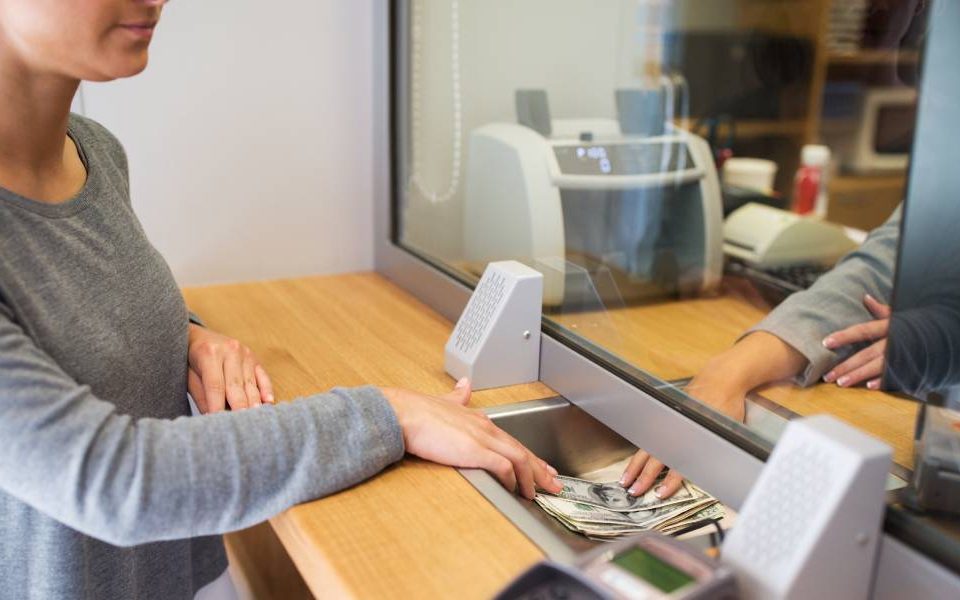What Is the Future for Trade Shows in 2022 and Beyond?
As COVID-19 pushed conferences and trade shows online, many are asking, “What is the future for trade shows in 2022 and beyond?” While the marketing opportunities, human connections, and sense of community gained from in-person trade shows will fuel a comeback in 2022, digital innovations that made virtual trade shows possible will continue to be an integral part of show production for the foreseeable future.
Scale and Focus
The days of the huge show attended by thousands may have ended. In their place, trade shows will become distributed, local, focused, and scaled to address specific audiences. Large shows that endure will create focused tracks or tiers to better address market and audience segments that exhibitors and presenters want to reach.
Optimizing the Experience
While the urge to return to an in-person event is strong, attendees will still need convincing that in-person attendance will deliver more ROI than participating online. Personalized experiences and opportunities to encounter and test new, innovative products in ways that can’t be reproduced online will be necessary to draw attendees back to an exhibit floor.
Promoting networking opportunities that optimize personal connection (over loud, showy productions) will become more important. The time-honored tradition of distributing swag can still draw attendees to the exhibit hall and bolster a brand, provided the offerings are useful, portable, and of high quality.
Digital Hybridization Becomes Permanent
Digital innovations that allowed exhibitors to have both physical and virtual “booths” will become permanent aspects of trade show production. Integrating live and digital events seamlessly will be the hallmark of a successful trade show.
Yet producers must be mindful of virtual trade show/meeting fatigue. After years of online meetings, people are simply tired of it, and no one is willing to sit in front of a screen for 6 or 8 hours watching other people talk. Online attendees need engagement, the opportunity to interact informally and have some fun, and a tangible, measurable benefit in exchange for their virtual participation.
Safety Matters
For IRL shows, pandemic safety protocols still matter. Events may require proof of vaccination and/or masks, and venues must be able to demonstrate improvements in ventilation, air filtration, sanitation, and physical setups that enable social distancing while attending events.
Sustainability
The show and the industries and brands it promotes must demonstrate how they are making good on pledges to reduce their carbon footprint. Everything from manufacturing to transportation to recycling is up for discussion. Demonstrating commitment to sustainability is more than good business; it’s basic survival.
These are a few ways trade show mavens see the future for trade shows in 2022 and beyond. As the year progresses, we’ll see how these predictions come to pass in shows that offer quality content for niche audiences with demonstrable ROI for both marketers, exhibitors, and attendees.




